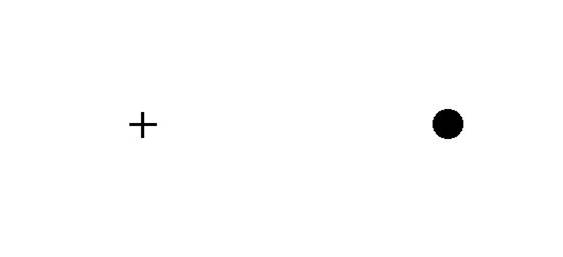Computers -since invented- have been an interesting tool for all. We mean now artists and scientists. This gave great opportunity for both to interact with each other. Artists are interested in great technologies and discoveries made by their mates (scientists). While Scientists are inspires by humanities and great meaning given by artists. So we have two cultures Science and Art. This will evolve the third culture.
We now will define the word science as the study of physical and experimental issues. So a scientist is a person who studies or teaches science.
While art is defined as beautiful things or a skill acquired to a person. It may also be the meanings of words, colors, pictures, nature, many things.
So the third culture tries to tie both Art and science.
Science fiction is an example of this third culture. Here the writer or the poet knows much abut science and art. But, he can use some words outside their context such as "black hole". This is never wrong. It never bothers scientists.
If Science and Art share the same problem, the main difference between them will disappear and will be only the style or the way of solving the problem.
Links:
http://www.edge.org/3rd_culture/
http://vv.arts.ucla.edu/publications/publications/00-01/ThirdCulture/ThirdCulture.htm










